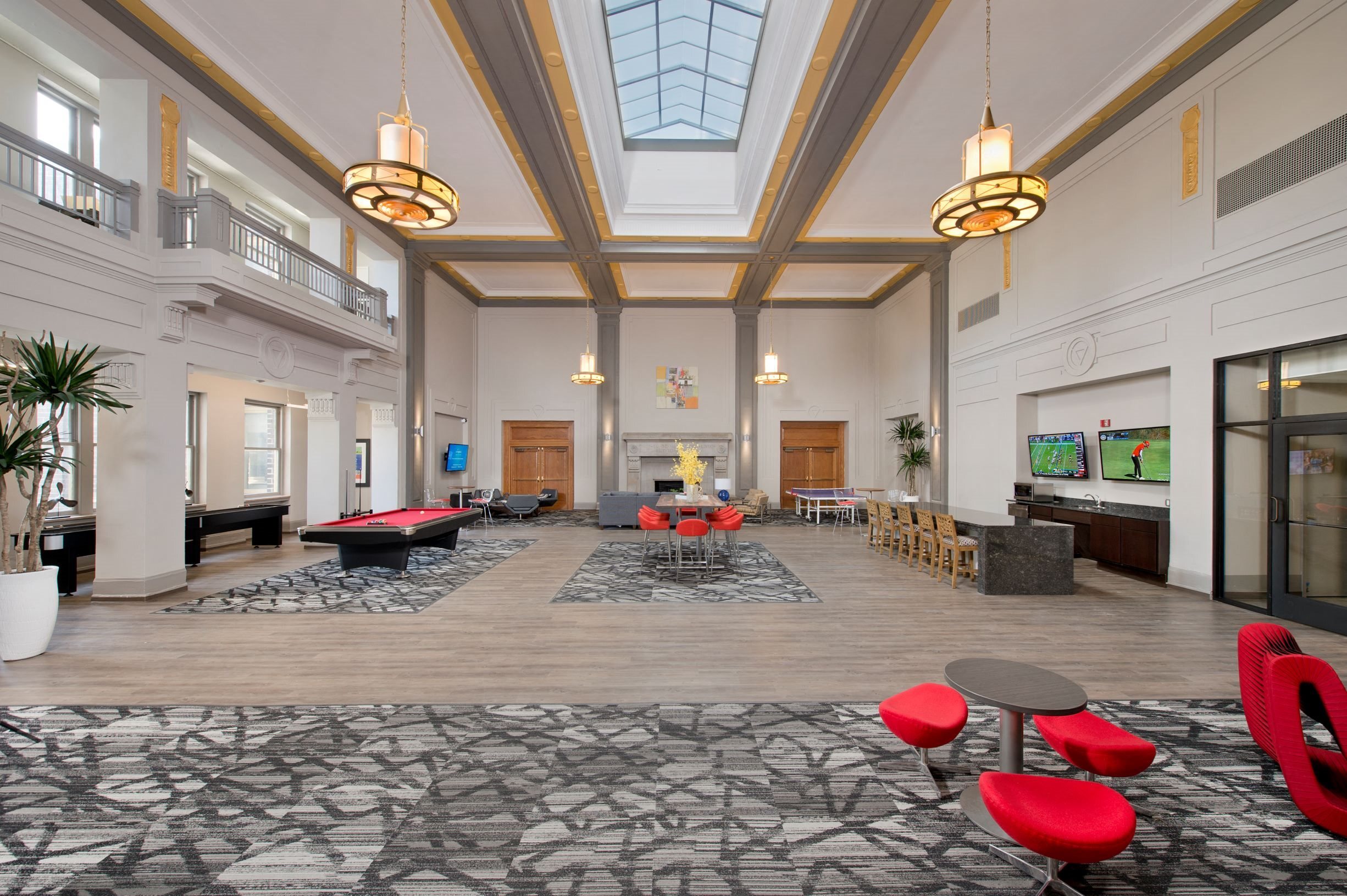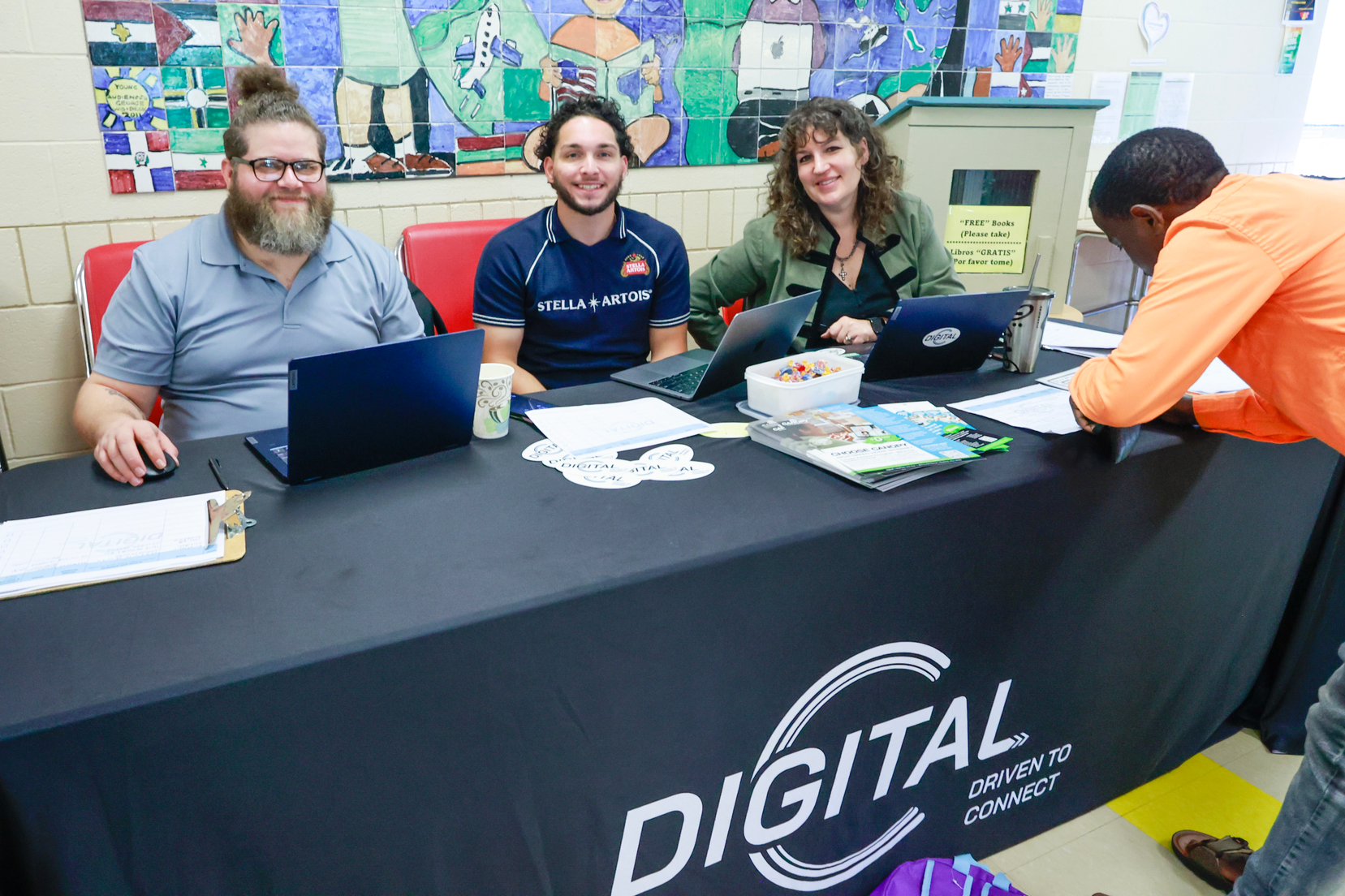Closing the digital divide is a strategic investment in infrastructure that strengthens every household, every business, and every public system.
This connectivity movement removes outdated barriers and unlocks value—so that every resident can contribute to a more competitive, efficient, and connected city. Because when every household has access, entire communities move forward, starting with increased workforce participation.
Today’s workforce runs on high-speed home internet. Job applications. Skills training. Certifications. Remote work. Home-based businesses. These opportunities do not exist offline.
When people are connected, they can train, compete, and work; these activities bring new energy into the local economy and open doors that would otherwise remain closed.
For employers, that means access to a larger, more prepared labor pool. Factors that lead to stronger retention, more local hiring, and long-term growth rooted in the community.
This is how cities build resilience in the digital age versus the alternative: getting left behind.
When households lack internet access, they are often forced to rely on emergency rooms, paper-based processes, and in-person visits for basic tasks—not because they want to, but because they have no other option.
That puts pressure on city budgets, stretches frontline workers thin, and slows down already burdened systems; however, when residents can book a telehealth appointment, renew documents online, or pay bills from home, we see real benefits:
-
Fewer emergency visits
-
Shorter lines at public offices
-
Lower strain on publicly funded programs
Every new connection reduces the load on government systems, freeing up resources for broader impact
Home internet access also helps families stay informed and engaged. It allows parents to check their child’s homework, receive real-time school alerts, follow safety notifications, and participate in community conversations.
In Cleveland, that includes tools like the school district’s electronic gradebook—giving parents direct insight into their child’s academic performance and attendance, right from their phone.
This kind of access builds trust, reduces misinformation, and helps families make timely, informed decisions.
During a recent install, one of DigitalC's field technicians placed a Canopy sign at the end of a residential street. Moments later, a father—new to the U.S. and without internet—approached him. That same day, his family got connected.
“I could see how happy they were,” the technician said. “That moment made me feel good.”
When residents are equipped with access, they are better able to act, support one another, and stay ahead.
At DigitalC, we are proving what is possible when broadband infrastructure is built for - and by - communities that others overlooked.
Since January 2024:
-
5,500+ households connected across Cleveland
-
$18 per month for high-speed home internet
-
90% customer satisfaction
A lean operating model focused on local hiring, long-term accountability, and sustainable delivery
Overall, bridging the digital divide - for good - is about removing unfair disadvantages that hold people back. It means giving every resident the chance to participate fully, compete fairly, and contribute meaningfully.
This is about giving everyone the baseline they need to help drive Cleveland, and cities like it, forward.
This is the infrastructure residents have been waiting for.
Subscribe to our Updates
Related Articles
We are thrilled to announce that DigitalC has been named a finalist of the 2025 EdTech Trendsetter Award! This recognition celebrates our gr...
In today’s America, the difference between moving forward or falling behind often comes down to one thing: internet access.
Breonn Davis, a 9th grade student at Ginn Academy, didn’t think he’d be coding a fried egg by the end of the DigitalC Click digital skills p...












